The Symbolism of White: Purity, Ritual & Symbolic Power Across Cultures
Colour is not simply a matter of surface—it is bound up with light itself, and with the ways humans interpret absence and presence. White occupies a singular position: it is both all colours combined and the seeming lack of colour altogether. Across cultures, it has served as a canvas for purity, transcendence, and revelation, but also for mourning, austerity, and endings. Its material expressions—from marble sculpture to porcelain, from linen vestments to paper—carry connotations that extend far beyond aesthetics. White embodies the paradox of colour: at once everything and nothing, sacred and profane, timeless and transitory.
In this series on the symbolism of colour, we end with the shade white.
The shade white
Like black, white is not a colour. It is achromatic, the absence of colour, but to the human eye white is the combination of all wavelengths of the visible light spectrum. Today, we see white as the colour of virtue, cleanliness, purity, and innocence. It is the colour of Western architecture, from neoclassicist styles to modernism. It is the colour of the finest crockery, porcelain plates and bone China ceramics. For all its minimalistic associations, one would assume whites symbolic meaning would be as simple as it looks. However, white carries with it a long and convoluted history of corruption and spirituality, elitism, and death. White may just be the darkest colour of them all.

White symbolises mourning and control
In Western art history, the white marble sculpture reigns supreme. Our Western veneration for the white classical sculpture comes from antiquity and the rediscovery of ancient Greek and Roman ideas during the Renaissance. To emulate the achievements of the past, artists and architects studied the giant statues and the ancient texts of Vitruvius, employing the classical orders of columns, monumental proportions, and modularity. Importantly, the colour white was important in this period of rediscovery. By the time the rest of Europe picked up the style of the Renaissance, white was the colour to emulate. During the 18th century Grand Tour, the infusion of Greco-Roman ideals, such as the white giant columns of the Parthenon and marble statues of contrapposto bodies, made white symbolic of good taste and erudition. A new white utopia based on antiquity was taking over the Western world. However, the white sculptures of antiquity and the white columns of the Parthenon were never actually purely white. It is believed much of ancient Greek sculptures were polychromatic. Nonetheless, the roots of modern Western culture and the Enlightenment were based upon the standard of greatness provided by classical antiquity. By using motifs of white fluted columns, marble statues, and portrait busts, political and social innovation based on the supremacy of the white West could be cloaked in the authority of antiquity.

In the 20th century, this was taken a step further. White became the colour of fascism. The architect and father of modernism in architecture Le Corbusier, was besotted with white. His most famous building Villa Savoye is an example of how white can bring out the simplicity of line and form in the modernist style. Le Corbusiers five points of architecture were incorporated into the style of fascist architecture. In particular, the architecture made during Benito Mussolinis fascist government was often white. Mussolinis obelisk and the Palazzo della Civilta Italiana were both inspired by architecture from antiquity, and the use of white was intended to create a historical lineage from the classical past to 20th century Europe. Ultimately, cleansing and controlling regimes framed white as symbolic of idealised purity, which excluded much of the world and caused great harm.
While the colour has a complicated history of control, the affection for white in mourning is ubiquitous, appearing in many funerary customs. In many East Asian, Middle Eastern, and African countries, white signifies purity and rebirth and is worn as a sign of mourning. In medieval Europe, the idea of white mourning was custom for reigning queens to grieve family members.

White symbolises purity and innocence

White is the colour of purity, peace, and innocence. It is custom for brides to wear white to a wedding, the symbol of the white dove provides a message of hope, and its inherent emptiness promotes a sense of cleanliness and calm. In phenomenological terms, white picks and reflects all available light, making it a breath-taking bright shade that entices its viewer. Throughout history, marble has been heralded as one of the most beautiful materials for its partial translucency. Italian bright white Carrara marble in particular was a favourite of Michelangelo, who miraculously carved David from flawed marble. Ivory has also long been associated with spiritual meaning. Alongside its rarity and expense, its extraordinary workability has produced numerous intricate objects throughout the world. The enduring love for Chinese porcelain, and its famous white and blue designs, held a religious component in the Mongol-ruled Yung dynasty, where the blue represented the blue wolf ancestry and white the fallow doe. In Christianity, white symbolises purity. It is a didactic tool in art to distinguish divine figures, as well as purity and virginity hence why the virgin Mary wears white in images of the immaculate conception.
Understanding the symbolism behind colours in art and design can create a more effective and meaningful connection between you and your desired antiques. Across time and culture, colour has created visually compelling experiences, evoking emotional responses and conveying subliminal messages. With your now extensive knowledge of the shade white, explore the Nicholas Wells website to find your perfect touch of colour, or read more on our other deep dives in colour symbolism.
All images show pieces available on the Nicholas Wells website.
Written by Daisy Watson




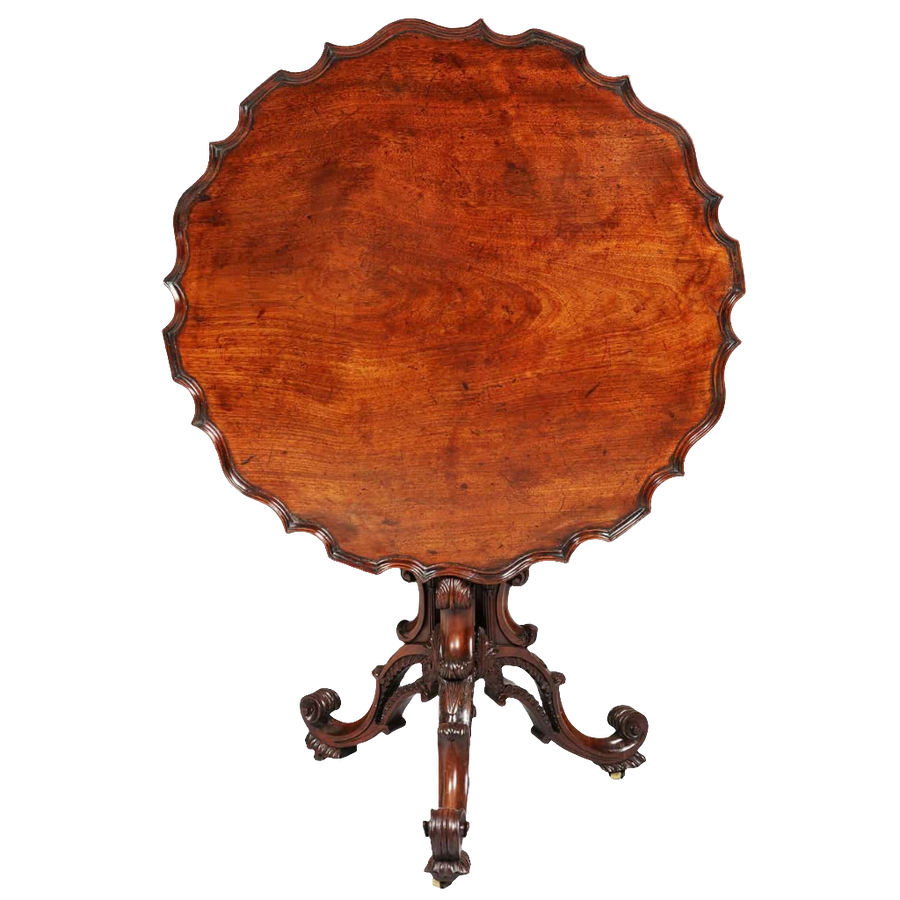
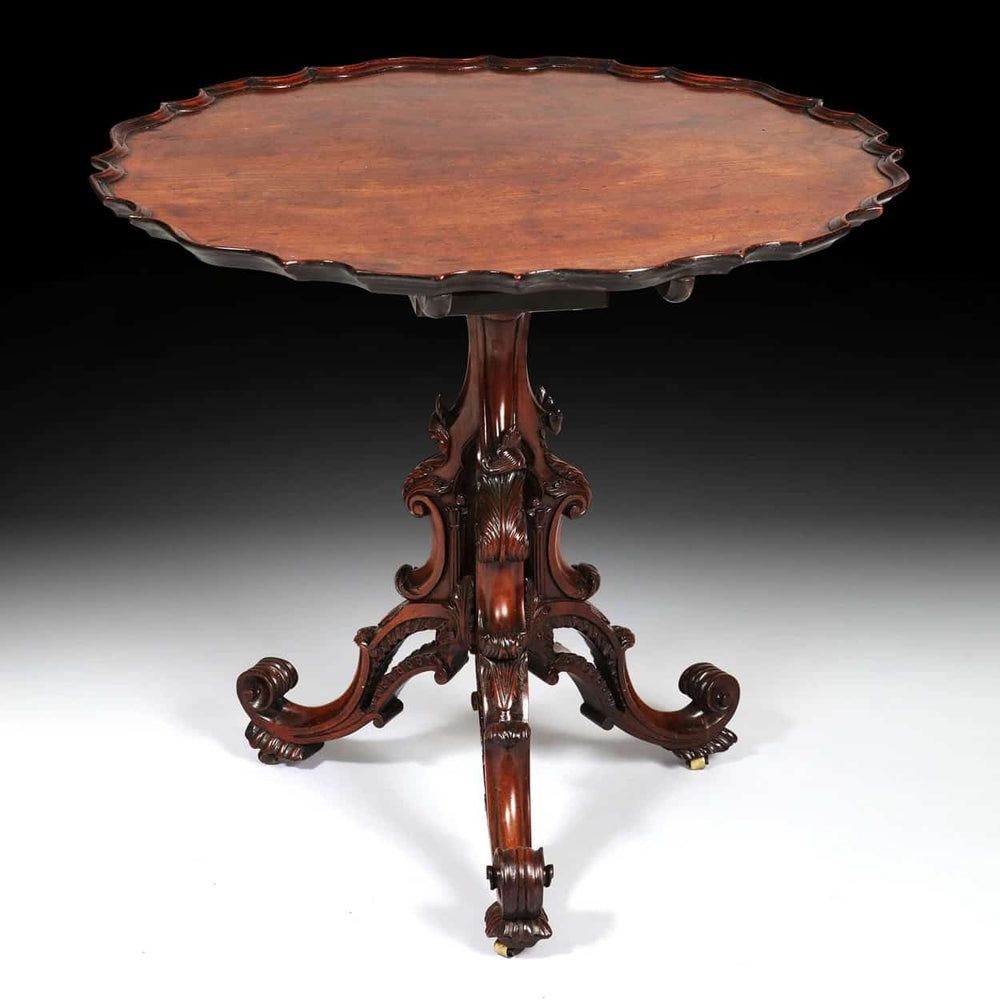
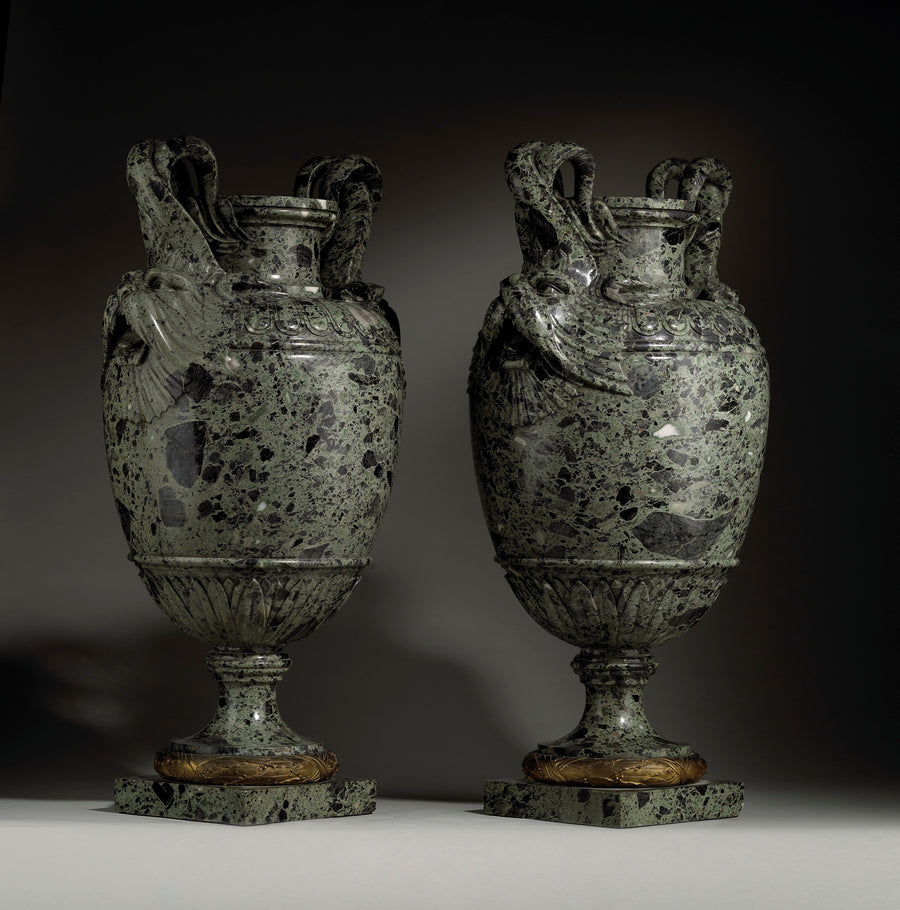
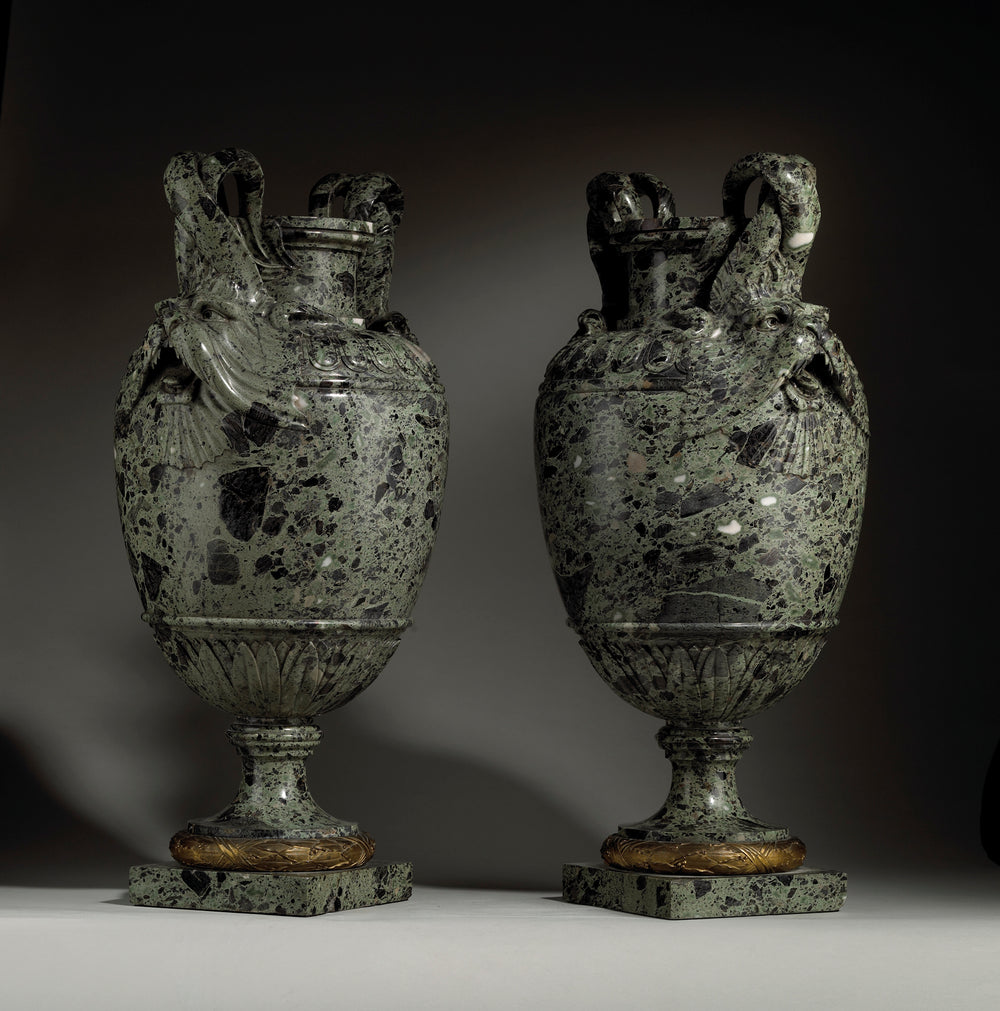

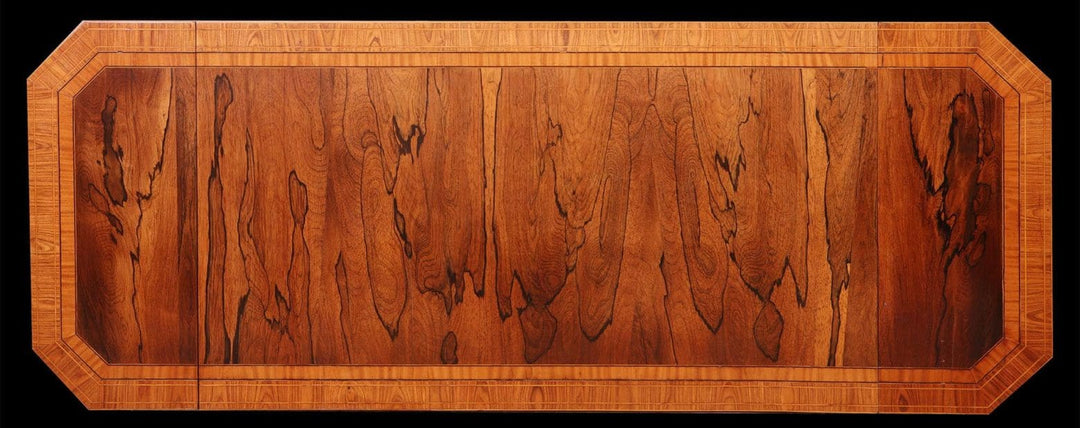


Leave a comment